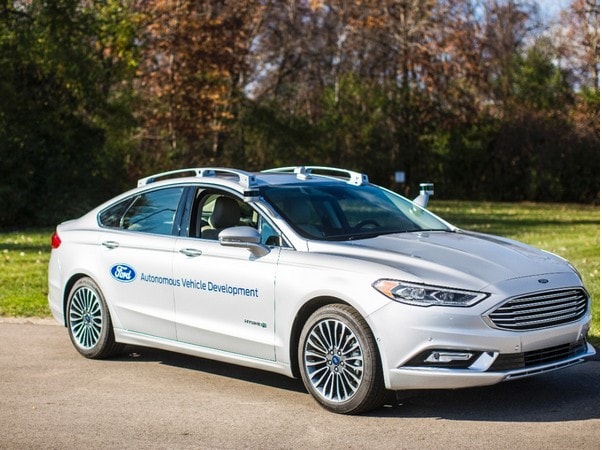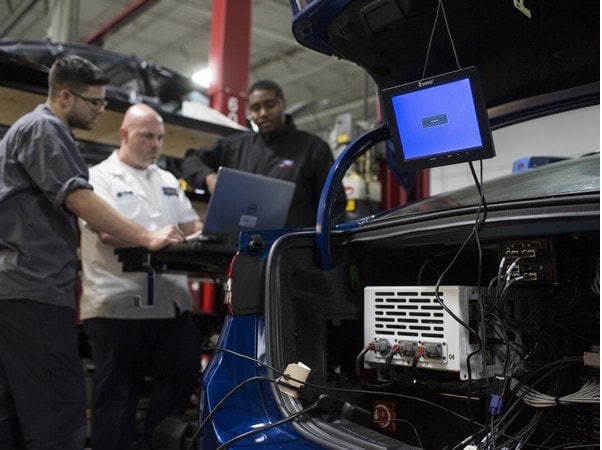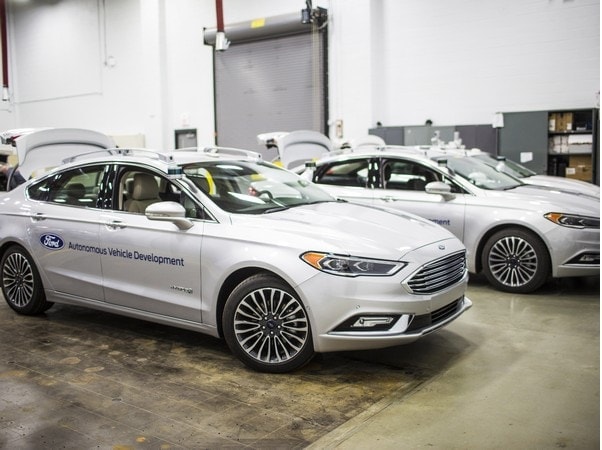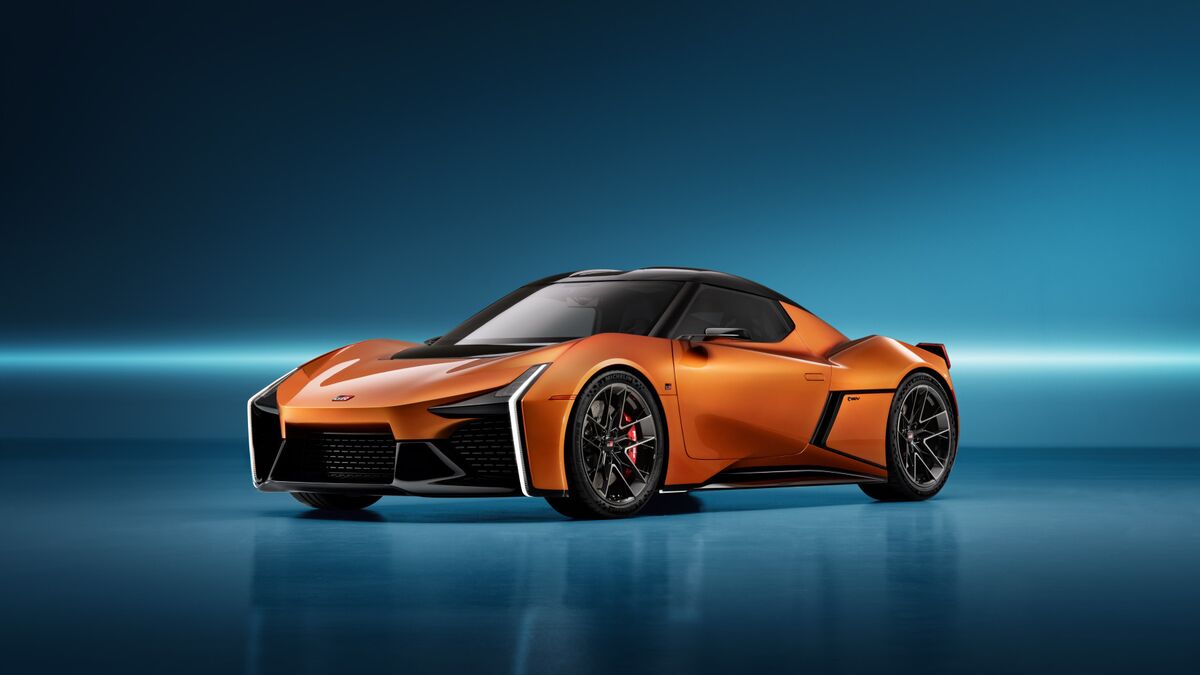Ford is showcasing its next-generation Fusion Hybrid as a test bed for autonomous driving technology at the 2017 Consumer Electronics Show. Evolved from its current autonomous vehicle platform, the newest iteration has more computing power, sleeker LiDAR sensors with a more targeted field of vision and adjusted sensor placement that now requires just two units instead of the previous four.
Ford said the car’s electrical controls are close to production-ready and the sensor adjustments allow the car to better see what’s around it. The goal is to develop a fully autonomous Level 4 capable vehicle that doesn’t need a driver to take control, according to Chris Brewer, chief program engineer for Ford’s Autonomous Vehicle Development.
“The car must be able to perform what a human can behind the wheel,” Brewer explained, adding that “our virtual driver system is designed to do just that.” Enabling this ability are sensors that include LiDAR, cameras and radar, algorithms for location and path planning, computer vision and machine learning, highly detailed 3D maps and enough computing and electronic power to make it all work.
The new Fusion Hybrid doesn’t look much different than a standard car thanks to the sleeker pair of sensors that replaces the four larger units on the previous-generation car. The new units are the size of hockey pucks and jut from the car’s front pillars providing a 360-degree view. Three cameras mounted on two racks are installed atop the roof, while an additional forward-facing camera is mounted behind the windshield. These cameras detect objects and read traffic lights and signs. Short- and long-range radar is used to help identify objects and their relative position to the vehicle even in low-visibility situations including snow and rain.
The additional computing power for the system is located in the trunk and is capable of processing 1 terabyte of data per hour. The vehicle controls for steering, braking and acceleration are drive-by-wire, electrically controlled by the computer. All this componentry requires a lot of electricity, which is why Ford opted for the Fusion Hybrid. The autonomous system can tap into the Hybrid’s high-voltage battery pack for juice. Brewer said Ford is committed to offering a fully autonomous vehicle for ride-sharing and hailing services by 2021 and expects to triple its fleet of test vehicles, which are being operated on roads in Michigan, California and Arizona, to 90 within a year.










